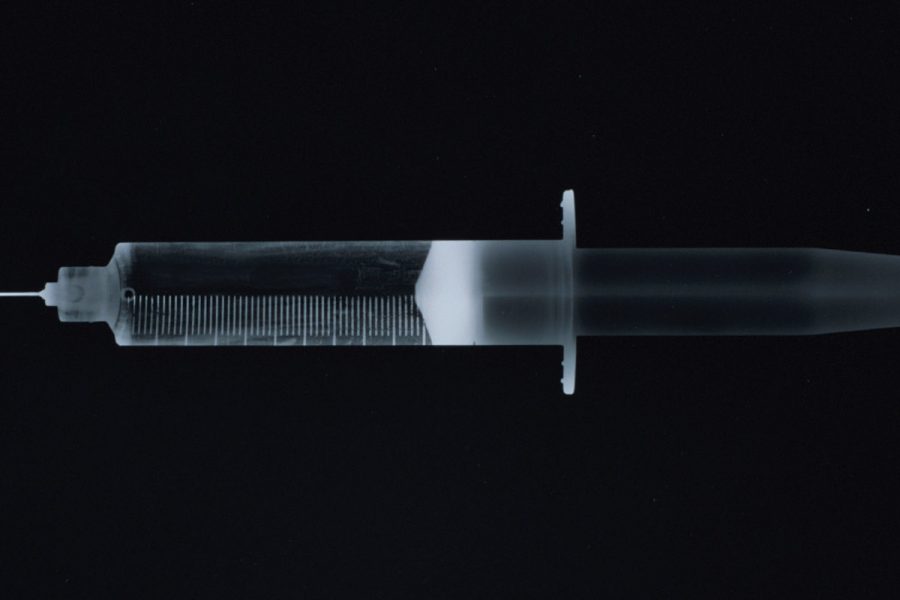A Criticism of America’s Justice System: Capital Punishment
April 3, 2020
“Returning violence for violence multiplies violence, adding deeper to a night already devoid of stars.” This quote by Martin Luther King Jr. exemplifies my position regarding the barbaric nature of capital punishment. The death penalty was used during the Reign of Terror in France, during the Dark Ages of the Medieval Times, during the Salem Witch Trials. Should we, in 2020, still be holding on to such a primitive practice? The answer is simple: no.
The death penalty has been a part of American society since its inception. When European settlers came to America, they brought with them their laws and values, one of which is the practice of capital punishment. According to the Death Penalty Information Center, the first recorded execution in the new colonies was that of Captain George Kendall in the Jamestown colony of Virginia in 1608. Since then, thousands more have been executed, some of whom were innocent. A study titled “Rate of False Conviction of Criminal Defendants Who are Sentenced to Death” by the National Academy of Sciences found that at least 4.1 percent of defendants sentenced to death in the United States are innocent. Recently, on December 23, 2019, the Philadelphia District Attorney’s Office dropped all charges against Christopher Williams who had been wrongfully convicted of a triple homicide in 1989. He spent 26 years on death row despite being completely innocent. This is simply unacceptable.
America is the only modernized Western nation to hold on to this practice, with 29 states still allowing the death penalty as a form of punishment as of December 12, 2019. Many cite the deterrent effect as a reason for why we should hold onto capital punishment. The rationale behind the deterrent effect is as follows: the threat of being executed will cause people to be less likely to commit egregious crimes. However, numerous studies have disproved the deterrent effect and its modern applications in criminal psychology. In a study conducted by Michael Radelet and Traci Lacock published in the Journal of Criminal Law and Criminology, it was found that “88.2% of respondents do not think that the death penalty deters murder—a level of consensus comparable to the agreement among scientists regarding global climate change.”
Within the death penalty system itself, inherent injustices are being committed. In 1976, in Gregg vs. Georgia, the Supreme Court approved the modern death penalty statutes and ensured that they were no longer arbitrary and discriminatory. The Court stated that “capital punishment is an expression of society’s moral outrage at particularly offensive conduct.” Yet the evidence from the past forty-four years clearly shows that the death penalty does indeed remain arbitrary and discriminatory. According to the American Civil Liberties Union, blue-ribbon study commissions have shown that across the country, a defendant who kills a white person is far more likely to receive the death penalty than a defendant who kills a person of color, and the racial configuration most likely to result in a death sentence is a black-on-white crime.
Next, the death penalty places unnecessary economic burdens on American taxpayers. According to the Death Penalty Information Center, keeping inmates on death row in California costs taxpayers $114 million a year beyond the cost of imprisoning convicts for life. This significant figure comes from legal costs, pretrial costs, jury selection, trial costs, incarceration, and appeals. Money that could be used for public education, healthcare, social services, and other underfunded areas is instead being put to waste by keeping a few inmates on death row for years on end. On January 25, 2018, former Governor of California, Jerry Brown, stated that California’s prison budget in 1970 was about 3 percent of the general fund. Now, it’s 8.9 percent, about $12 billion. These billions of dollars being spent to keep inmates on death row can instead be used for public education. California, according to Governor Gavin Newsom, ranks 41th in the nation in per-pupil funding. With California being the world’s 5th largest economy, this should not be happening. Furthermore, investing in education can prevent crime later down the road. As a study by the Economic Opportunity Institute shows, children who didn’t participate in the preschool program, who therefore missed out on some important opportunity for early childhood development, were 70% more likely to be arrested for a crime by the age of 18. Therefore, by investing in education, the government will be preventing crime, thereby reducing the prison population and the money needed to sustain keeping those inmates in prison.
The dispensation of justice in America is inherently flawed and the systemic issues that plague our justice system directly threaten the integrity of this institution. Capital punishment is harmful from both a moral and an economic point of view, which is why it needs to be abolished.




